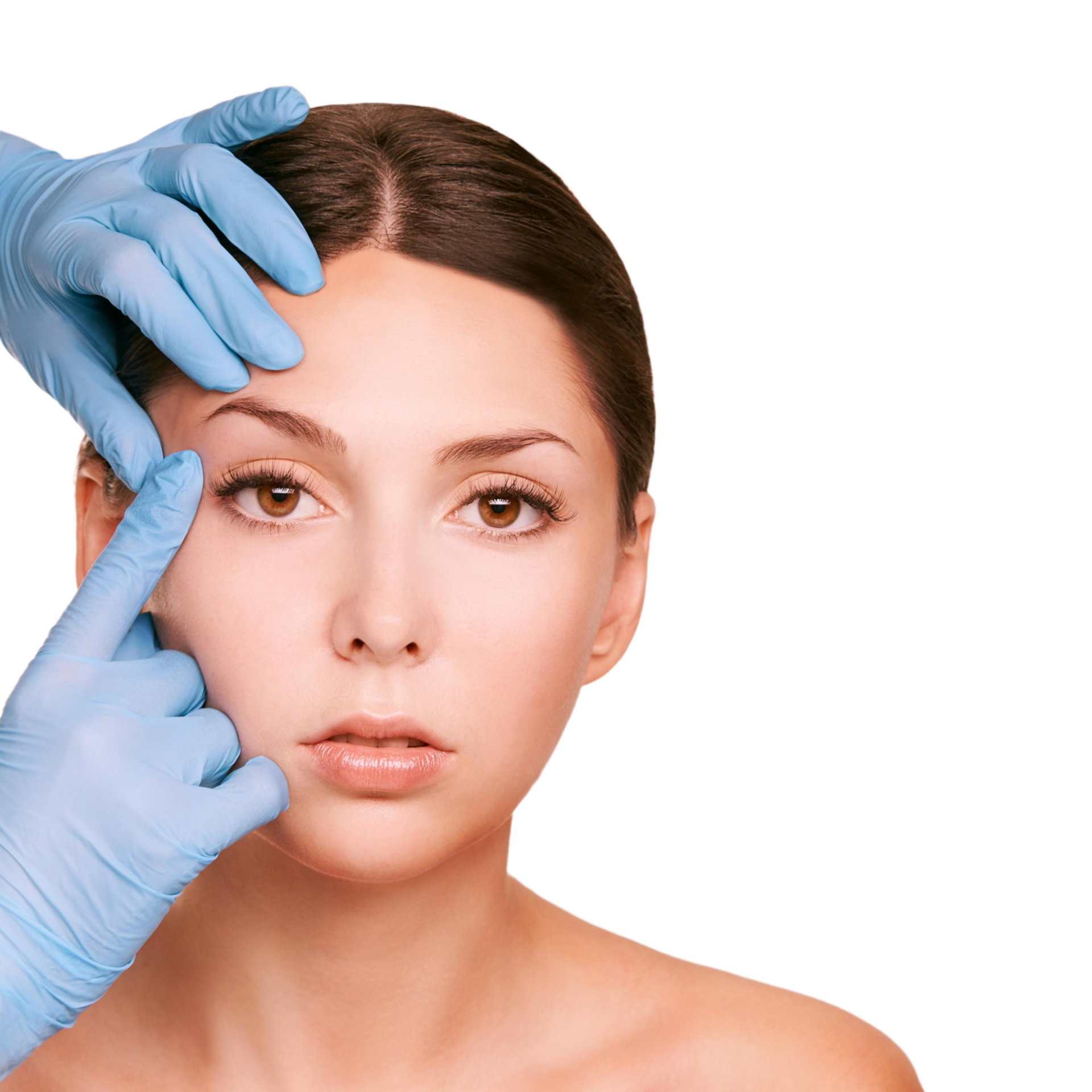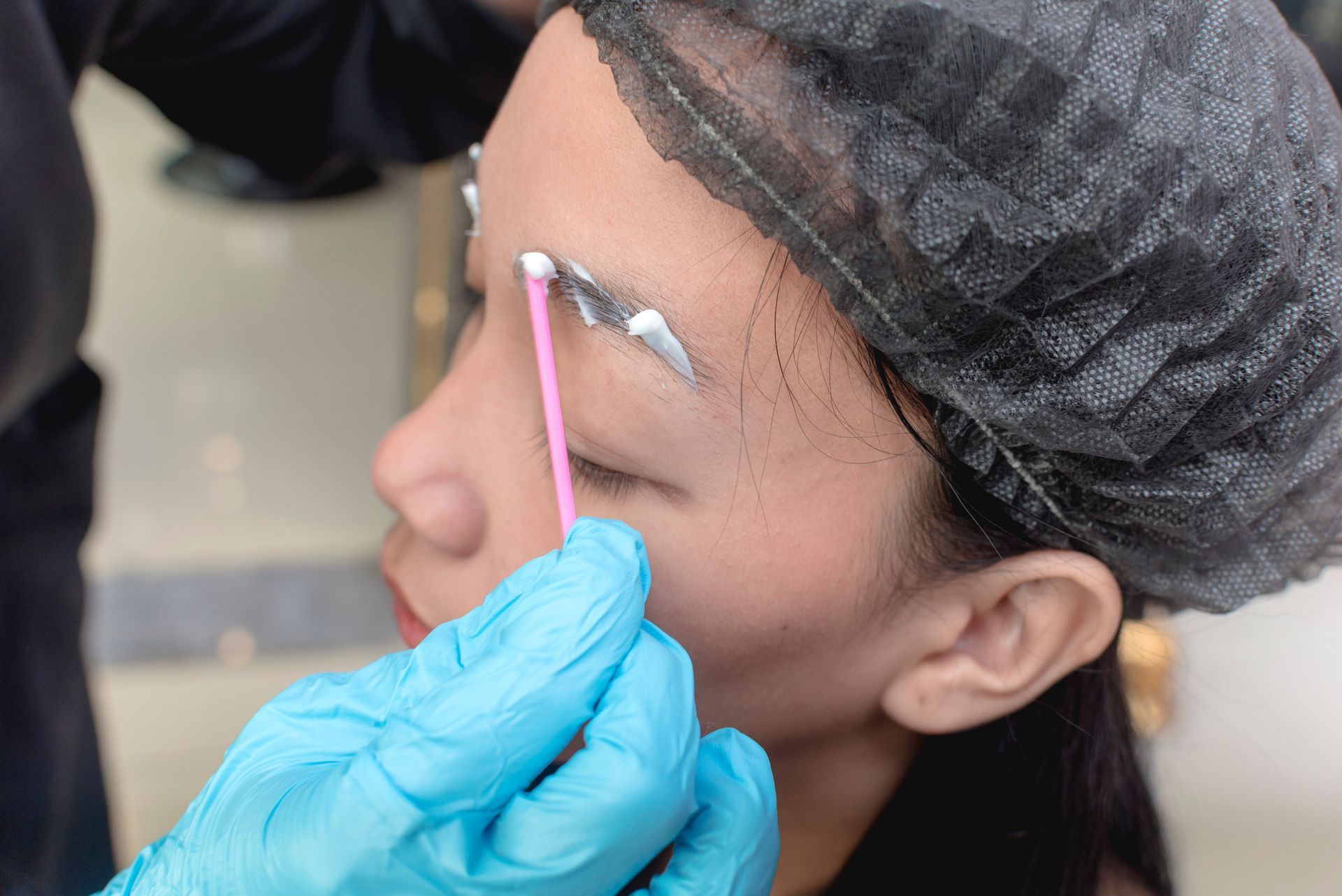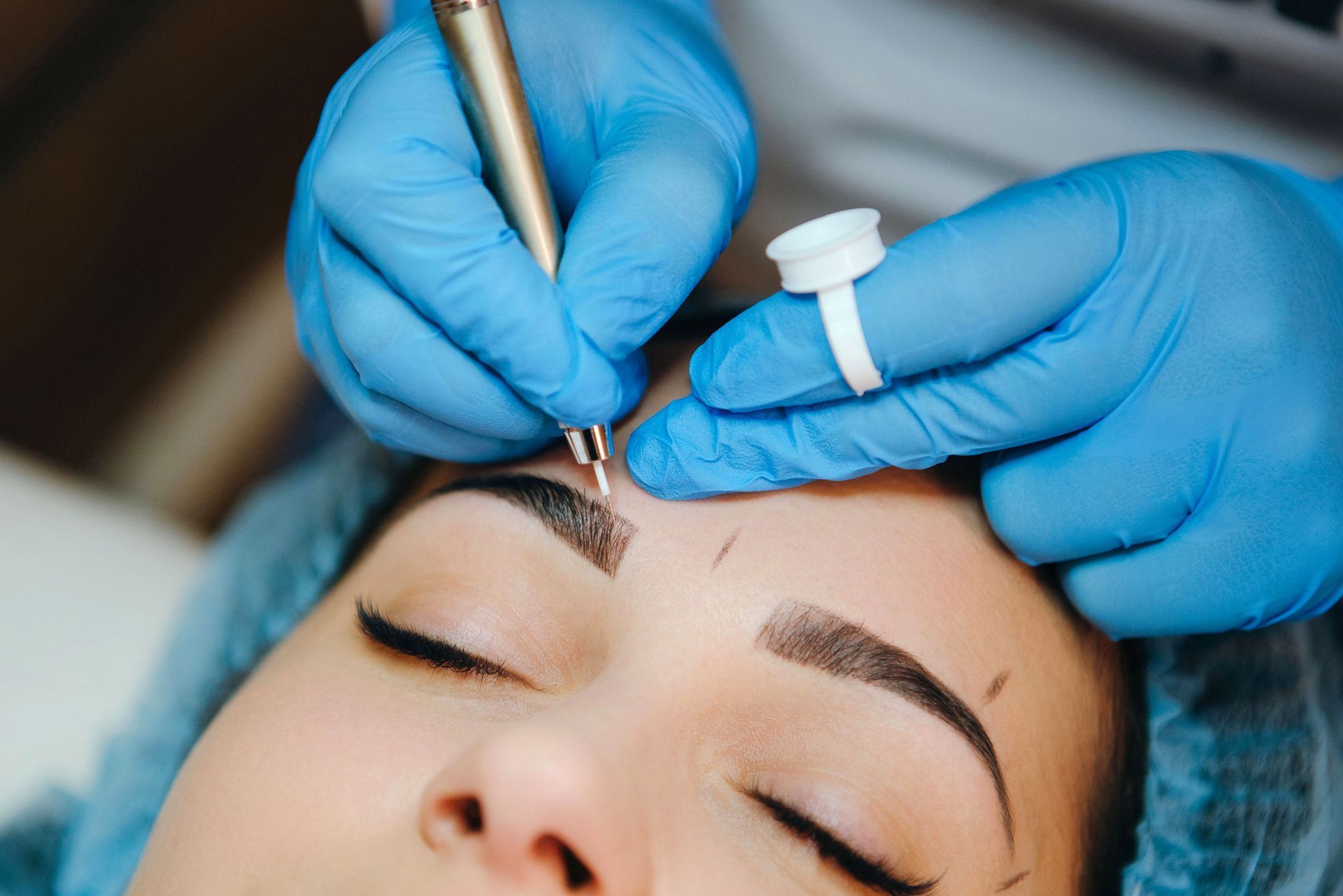The provider will also provide essential pre-care instructions and outline what to expect post-procedure. These guidelines are vital for preparing the client's skin and ensuring optimal results. Clients will receive advice on actions to take and avoid before the appointment, including refraining from specific medications or beauty treatments that might affect microblading. Additionally, clients should be informed about the necessary care and considerations for the days and weeks following the procedure.
This stage involves more than just logistical planning; it's about setting realistic expectations and ensuring clients have a thorough understanding of the microblading process. The goal is to ensure clients are well-informed and comfortable proceeding with the procedure.





